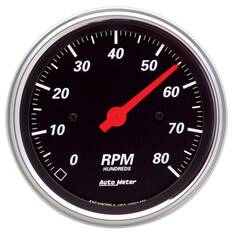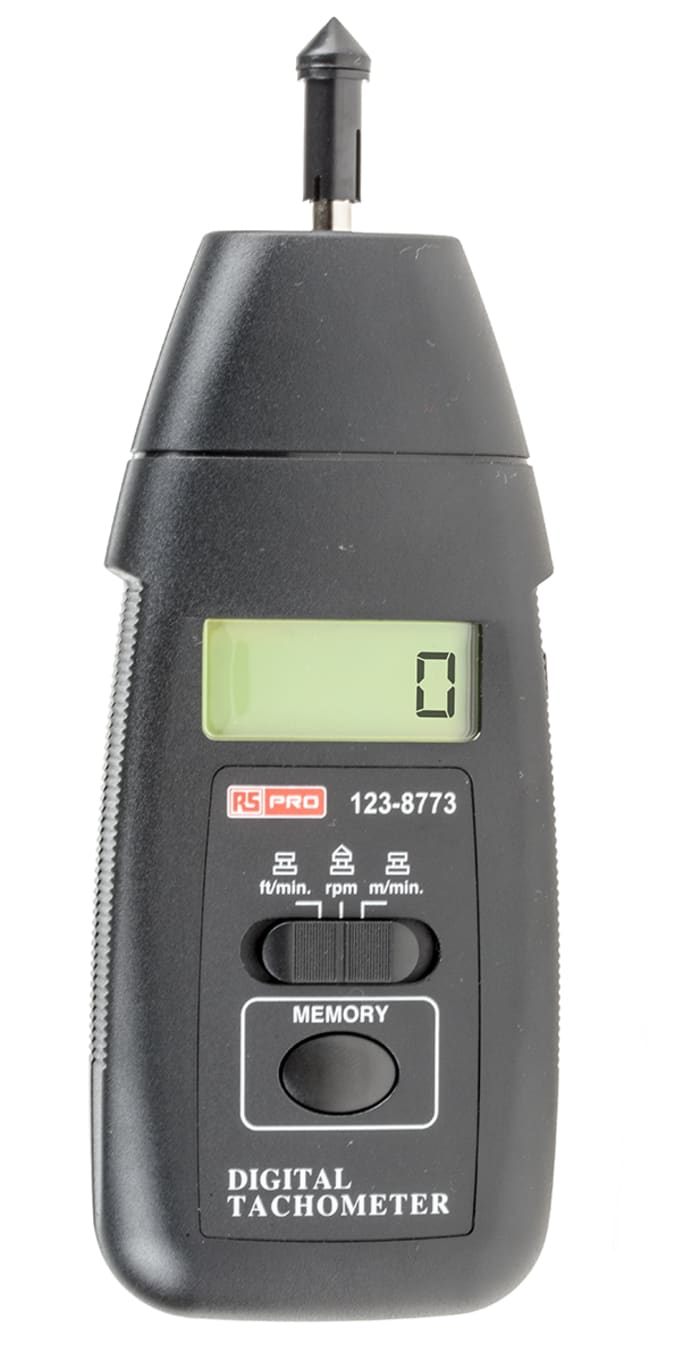Exactly how to Choose the Right Tachometer for Your Car or Bike
Exactly how to Choose the Right Tachometer for Your Car or Bike
Blog Article
The Significance of a Tachometer in Monitoring Engine Speed and Efficiency in Automotive Applications
In the world of automotive engineering, the tachometer stands as a pivotal tool in the driver's toolbox, supplying a straight home window right into the inner workings of a car's engine. Past its function as a simple scale of changes per min (RPM), the tachometer offers as a vital tool for lovers and experts alike, offering real-time insights right into engine performance and health.
Importance of Keeping Track Of Engine RPM
Keeping track of engine RPM, or changes per minute, is a critical aspect of automotive upkeep and efficiency evaluation. Engine RPM straight associates with the rate at which the engine's crankshaft turns, showing exactly how quickly the engine is running - tachometer. By keeping an eye on RPM, auto mechanics can assess the health and wellness of the engine, spot potential problems, and fine-tune performance. An unusual RPM reading may signify problems such as engine misfires, faulty ignition system, or issues with the gas delivery system. Regularly high RPM readings could suggest aggressive driving behaviors or the demand for a higher equipment shift to boost fuel efficiency.
Additionally, keeping track of engine RPM is vital for efficiency assessment in racing and high-performance vehicles. Keeping optimal RPM levels is vital for accomplishing peak power outcome and acceleration. Racers often utilize tachometers to ensure they are operating within the optimal RPM array for optimum performance. In summary, monitoring engine RPM is not just essential for discovering problems yet additionally for optimizing engine efficiency in different auto applications.

Benefits of Real-Time Data
In vehicle applications, real-time data plays a crucial role in giving immediate understandings into the performance and problem of the lorry. By constantly monitoring various parameters such as engine rate, temperature level, fuel usage, and more, real-time information offers many benefits that add to improved effectiveness and security on the roadway.
One considerable benefit of real-time data is its capacity to alert chauffeurs and service technicians to any kind of anomalies or issues quickly. This positive approach enables quick recognition of potential troubles, permitting for timely interventions to avoid additional damage or break downs. In addition, real-time data facilitates efficiency optimization by providing immediate feedback on driving routines and engine performance. Drivers can adjust their behavior in real-time based upon this details to accomplish much better fuel economic climate and extend the life expectancy of their automobile.

Furthermore, real-time information plays an important function in contemporary vehicle diagnostics, making it possible for service technicians to swiftly identify and address malfunctions. This brings about minimized downtime, reduced maintenance costs, and ultimately, enhanced general lorry reliability and durability (tachometer). By harnessing the power of real-time information, vehicle stakeholders can make educated decisions that positively influence both the efficiency and durability of the automobile
Effect On Gear Shifts
The tachometer plays a critical duty in maximizing gear shifts by giving real-time engine speed information to the chauffeur. When approaching the redline on the tachometer, it signifies the vehicle driver to upshift to stop over-revving the engine and triggering prospective damage.
Furthermore, the tachometer aids in attaining smoother equipment shifts, specifically in hand-operated transmissions. By checking engine rate, drivers can carry out equipment shifts at the optimum RPM range, reducing snagging movements and decreasing endure the transmission elements. This precision on duty changes not just boosts driving convenience yet additionally adds to fuel effectiveness.
Enhancing Gas Effectiveness
Offered the critical duty the tachometer plays in maximizing equipment shifts for performance and engine health and wellness, visit this website it directly adds to making the most of fuel effectiveness in vehicle applications. By supplying real-time responses on engine rate, the tachometer aids vehicle drivers in maintaining the most effective RPM variety for gas economy. When vehicle drivers consistently check the tachometer and adjust their driving behaviors as necessary, they can prevent unneeded fuel intake created by over-revving or lugging the engine.
In addition, the tachometer aids chauffeurs recognize the most fuel-efficient equipment to be in at any kind of given moment, protecting against the engine from functioning harder than required. This is especially vital during acceleration and travelling, where remaining in the appropriate equipment can considerably influence fuel performance. Additionally, the this page tachometer can alert motorists to prospective mechanical issues that might be adversely impacting gas economic climate, such as a sliding clutch or a clogged up air filter. In final thought, the tachometer acts as a beneficial tool in improving gas effectiveness by advertising optimum driving behaviors and identifying areas for renovation in the vehicle's efficiency.

Making Best Use Of Engine Durability
The tachometer's duty in keeping an eye on engine rate and performance is instrumental in ensuring the longevity of automotive engines. Keeping an eye on the tachometer permits chauffeurs to stay within the suggested RPM variety for their automobile, protecting against unnecessary strain on the engine and extending its lifespan.

Verdict
In conclusion, the tachometer plays a critical function in keeping an eye on engine speed and performance in automotive applications. By offering real-time data on RPM, it permits effective gear shifts, boosted fuel performance, and made the most of engine longevity. This device is vital for keeping ideal engine efficiency and making sure the overall functionality of a car.
Report this page